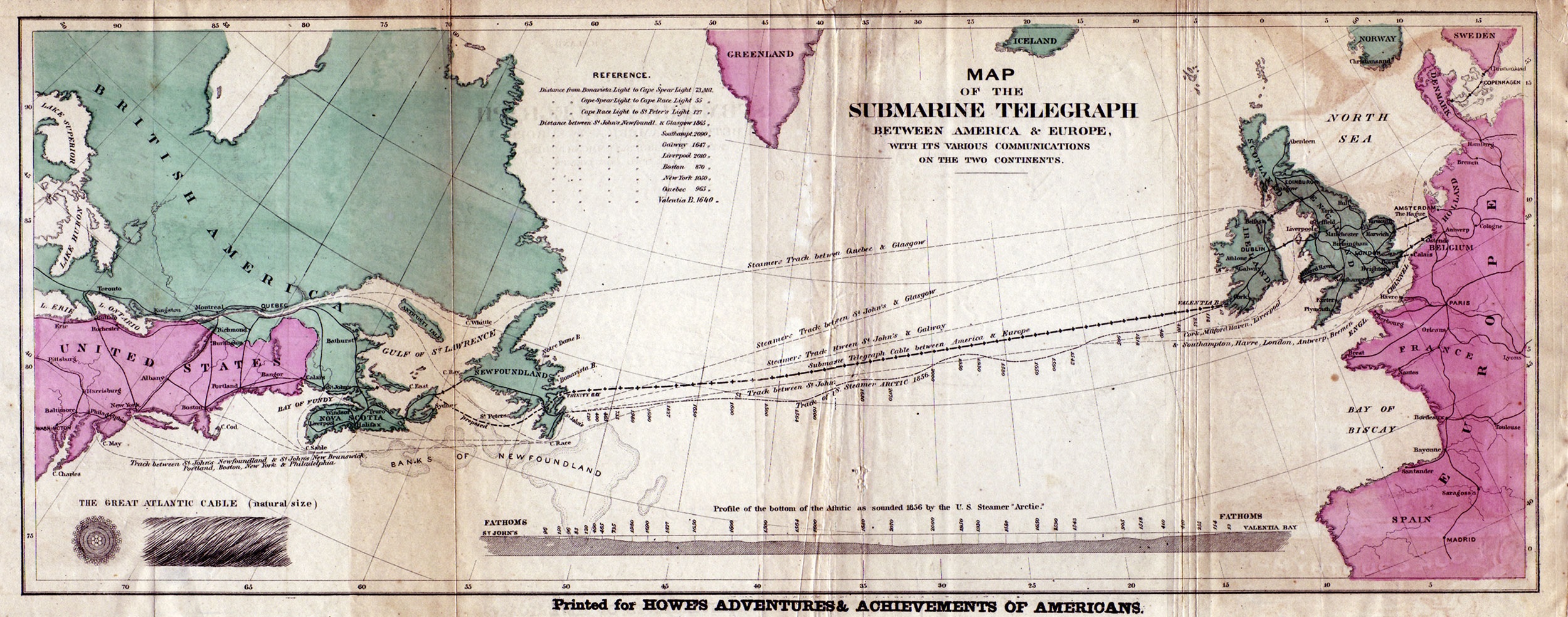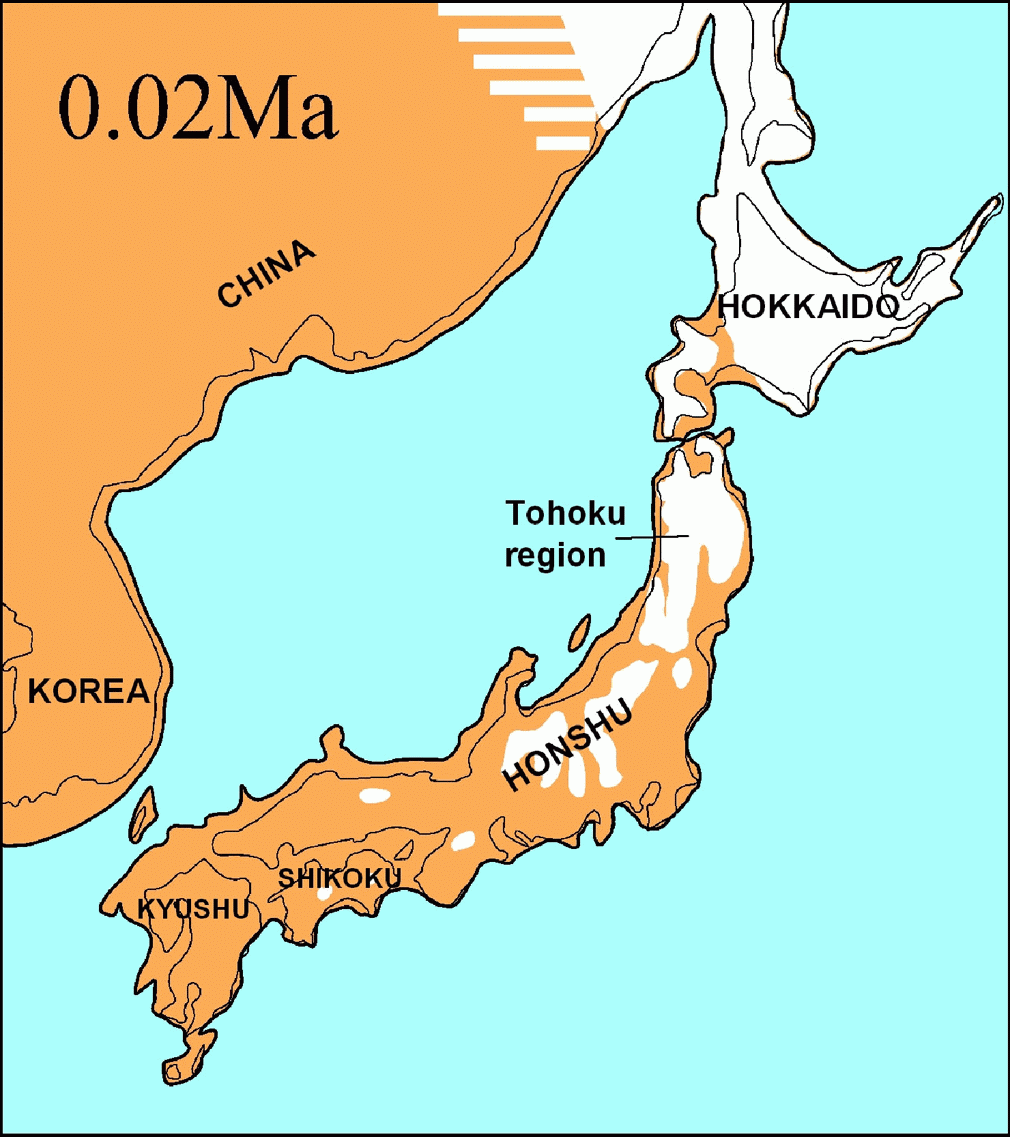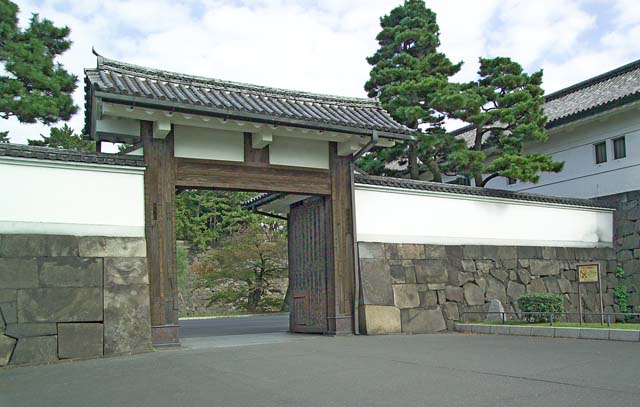|
1858 In Japan
Events in the year 1858 in Japan. Incumbents Events * 9 April - 1858 Hietsu earthquake * Start of the Ansei Purge * Ichikawa Kumehachi make her stage debut as the first actress to appear on stage in Japan since actresses were banned in 1629. Incumbents *Monarch: Kōmei Births *January 25 - Mikimoto Kōkichi (d. 1954), businessman Deaths References {{Asia topic, 1858 in 1850s in Japan Japan Japan is an island country in East Asia. Located in the Pacific Ocean off the northeast coast of the Asia, Asian mainland, it is bordered on the west by the Sea of Japan and extends from the Sea of Okhotsk in the north to the East China Sea ... Years of the 19th century in Japan ... [...More Info...] [...Related Items...] OR: [Wikipedia] [Google] [Baidu] |
1858
Events January–March * January 9 ** Revolt of Rajab Ali: British forces finally defeat Rajab Ali Khan of Chittagong. ** Anson Jones, the last president of the Republic of Texas, commits suicide. * January 14 – Orsini affair: Piedmontese revolutionary Felice Orsini and his accomplices fail to assassinate Napoleon III in Paris, but their bombs kill eight and wound 142 people. Because of the involvement of French émigrés living in Britain, there is a brief anti-British feeling in France, but the emperor refuses to support it. * January 25 – The '' Wedding March'' by Felix Mendelssohn becomes a popular wedding recessional, after it is played on this day at the marriage of Queen Victoria's daughter Victoria, Princess Royal, to Prince Friedrich of Prussia in St James's Palace, London. * January **Benito Juárez becomes the Liberal President of Mexico and its first indigenous president. At the same time, the conservatives installed Félix María Zuloaga as a r ... [...More Info...] [...Related Items...] OR: [Wikipedia] [Google] [Baidu] |
History Of Japan
The first human inhabitants of the Japanese archipelago have been traced to the Japanese Paleolithic, Paleolithic, around 38–39,000 years ago. The Jōmon period, named after its cord-marked pottery, was followed by the Yayoi period in the first millennium BC when new inventions were introduced from Asia. During this period, the first known written reference to Japan was recorded in the Chinese ''Book of Han'' in the first century AD. Around the 3rd century BC, the Yayoi people from the continent immigrated to the Japanese archipelago and introduced iron technology and agricultural civilization. Because they had an agricultural civilization, the population of the Yayoi began to grow rapidly and ultimately overwhelmed the Jōmon period, Jōmon people, natives of the Japanese archipelago who were hunter-gatherers. Between the fourth and ninth centuries, Japan's many kingdoms and tribes gradually came to be unified under a centralized government, nominally controlled by the Empe ... [...More Info...] [...Related Items...] OR: [Wikipedia] [Google] [Baidu] |
Timeline Of Japanese History
This is a timeline of Japanese history, comprising important legal, territorial and cultural changes and political events in Japan and its predecessor states. To read about the background to these events, see History of Japan. __NOTOC__ Centuries: 1st 2nd 3rd 4th 5th 6th 7th8th 9th 10th 11th 12th 13th 14th 15th 16th 17th 18th 19th Modern Japanese periods: Meiji Taisho Showa Heisei Reiwa Paleolithic period 3rd century BC 1st century 2nd century 3rd century 4th century 5th century Very little is known about the 5th century in Japan. The period was definitely marked by volatile inter-state warfare, complex alliances, submissions and betrayals. Some of the more constant Yamato polity partners were Baekje and Gaya confederacy, while enemies included Goguryeo, Silla and various Chinese groups. All of the records of the era either did not survive or are contentious. 6th century 7th century 8th century 9th century 10th century 11th ... [...More Info...] [...Related Items...] OR: [Wikipedia] [Google] [Baidu] |
List Of Years In Japan
This is a list of years in Japan. See also the timeline of Japanese history. For only articles about years in Japan that have been written, see :Years in Japan. List of years in Japan First century Seventh century Eighth century Ninth century Tenth century Eleventh century Twelfth century Thirteenth century Fourteenth century Fifteenth century Sixteenth century Seventeenth century Eighteenth century Nineteenth century Twentieth century Twenty-first century See also * Timeline of Japanese history {{DEFAULTSORT:Years in Japan Japan history-related lists Japan Japan is an island country in East Asia. Located in the Pacific Ocean off the northeast coast of the Asia, Asian mainland, it is bordered on the west by the Sea of Japan and extends from the Sea of Okhotsk in ... [...More Info...] [...Related Items...] OR: [Wikipedia] [Google] [Baidu] |
Japan
Japan is an island country in East Asia. Located in the Pacific Ocean off the northeast coast of the Asia, Asian mainland, it is bordered on the west by the Sea of Japan and extends from the Sea of Okhotsk in the north to the East China Sea in the south. The Japanese archipelago consists of four major islands—Hokkaido, Honshu, Shikoku, and Kyushu—and List of islands of Japan, thousands of smaller islands, covering . Japan has a population of over 123 million as of 2025, making it the List of countries and dependencies by population, eleventh-most populous country. The capital of Japan and List of cities in Japan, its largest city is Tokyo; the Greater Tokyo Area is the List of largest cities, largest metropolitan area in the world, with more than 37 million inhabitants as of 2024. Japan is divided into 47 Prefectures of Japan, administrative prefectures and List of regions of Japan, eight traditional regions. About three-quarters of Geography of Japan, the countr ... [...More Info...] [...Related Items...] OR: [Wikipedia] [Google] [Baidu] |
1858 Hietsu Earthquake
The was a doublet earthquake that took place on April 9, 1858 (according to the old Japanese calendar, the 26th day of the second month of Ansei 5). It most likely occurred on the Atotsugawa and Miboro faults, which connect the Amō Pass in Gifu Prefecture (in the part that was called Hida Province) and Mount Tate in Toyama Prefecture (then known as Etchū Province) on the island of Honshū in Japan. Its name includes one kanji from and one from . The earthquakes are estimated to have killed 200–300 people. It also caused the Mount Tonbiyama landslide and blocked the upper reaches of the Jōganji River. See also * Ansei great earthquakes *List of earthquakes in Japan *List of historical earthquakes References External links飛越地震(岐阜県防災局)(''Hietsu jishin (Gifu-ken Bōsaikyoku)''), Gifu Prefecture飛越地震による大鳶山、小鳶山の大崩壊—災害伝承情報データベース(''Hietsu jishin ni yoru Ōtonbi-yama, Kotonbi-yama no dai h� ... [...More Info...] [...Related Items...] OR: [Wikipedia] [Google] [Baidu] |
Ansei Purge
The was a multi-year event during the Bakumatsu period of Japanese history, between 1858 and 1860, during which the Tokugawa shogunate imprisoned, executed, or exiled those who did not support its authority and foreign trade policies. The purge was undertaken by Ii Naosuke in opposition to Imperial Loyalists. History The Ansei Purge was ordered by Ii Naosuke on behalf of the bakufu faction.Cullen, Louis. (2003). ''A History of Japan, 1582–1941: Internal and External Worlds'', pp. 184–188. He was the Senior Minister during the period preceding the Meiji Restoration and was part of the '' kōbu gattai'', the movement opposed by the Revere the Emperor, Expel the Foreigner (''sonnō jōi'') faction. The purge was carried out in an effort to quell opposition to trade treaties with the United States, Russia, Great Britain, France and the Netherlands, particularly under the U.S. - Japan Treaty of Amity and Commerce. It involved the removal from power all opposition by way of imp ... [...More Info...] [...Related Items...] OR: [Wikipedia] [Google] [Baidu] |
Ichikawa Kumehachi
was a Japanese actress.Kabuki Plays on Stage: Restoration and Reform, 1872-1905' Career Ichikawa studied as a kyōgen actress. In 1858, she made her debut and became the first actress in kabuki theatre since the ban on female actors in 1629, and thus acting as a profession was reintroduced for women in Japan. In 1882, she was accepted as a pupil of Ichikawa Danjūrō IX was one of the most successful and famous Kabuki actors of the Meiji period (1868–1912). Ninth in the line of actors to hold the name Ichikawa Danjūrō, he is depicted in countless ''ukiyo-e'' actor prints ('' yakusha-e''), and is widely ... and took the stage name Ichikawa Masunojō. In 1893, she took her professional name Ichikawa Kumehachi. Legacy Ichikawa was followed as a pioneer actress by Kawakami Sadayakko (1872–1946), who in 1903 became the first Japanese actress within modern Western drama. Her successor was Ichikawa Kumehachi II. References {{DEFAULTSORT:Ichikawa, Kumehachi 1 ... [...More Info...] [...Related Items...] OR: [Wikipedia] [Google] [Baidu] |
Monarchy Of Japan
The emperor of Japan is the hereditary monarch and head of state of Japan. The emperor is defined by the Constitution of Japan as the symbol of the Japanese state and the unity of the Japanese people, his position deriving from "the will of the people with whom resides sovereign power". The Imperial Household Law governs the line of imperial succession. Pursuant to his constitutional role as a national symbol, and in accordance with rulings by the Supreme Court of Japan, the emperor is personally immune from prosecution. By virtue of his position as the head of the Imperial House, the emperor is also recognized as the head of the Shinto religion, which holds him to be the direct descendant of the sun goddess Amaterasu. According to tradition, the office of emperor was created in the 7th century BC, but the first historically verifiable emperors appear around the 5th or 6th centuries AD. The role of the emperor of Japan has historically alternated between a largely cere ... [...More Info...] [...Related Items...] OR: [Wikipedia] [Google] [Baidu] |
Emperor Kōmei
Osahito (22 July 1831 – 30 January 1867), posthumously honored as Emperor Kōmei, was the 121st emperor of Japan, according to the List of Emperors of Japan, traditional order of succession.Imperial Household Agency (''Kunaichō'')孝明天皇 (121)/ref> Kōmei's reign spanned the years from 1846 through 1867, corresponding to the Bakumatsu, final years of the Edo period.Meyer, Eva-Maria. (1999) ''Japans Kaiserhof in der Edo-Zeit'', p. 186./ref> During his reign there was much internal turmoil as a result of Japan's Perry Expedition, first major contact with the United States, which occurred under Matthew C. Perry, Commodore Perry in 1853 and 1854, and the subsequent forced Convention of Kanagawa, re-opening of Japan to Western nations, ending a 220-year Sakoku, period of national seclusion. Emperor Kōmei did not care much for anything foreign, and he opposed opening Japan to Western powers. His reign would continue to be dominated by insurrection and partisan conflicts, event ... [...More Info...] [...Related Items...] OR: [Wikipedia] [Google] [Baidu] |
Mikimoto Kōkichi
was a Japanese entrepreneur who is credited with creating the first cultured pearl and subsequently starting the cultured pearl industry with the establishment of his luxury pearl company Mikimoto.Ward, Fred. Pearls: Bethesda, MD: Gem Book Publishers, 2002. He was inducted into the House of Peers by imperial decree and posthumously awarded the Grand Cordon of the Order of the Sacred Treasure. On 18 April 1985, the Japan Patent Office selected him as one of Ten Japanese Great Inventors. The company was ranked as one of the world's most luxurious brands by ''Women's Wear Daily'' Magazine and Mikimoto was considered one of the best Japanese financial leaders of the 20th century by Nihon Keizai Shimbun. He is also known as the founder of Mikimoto Pharmaceuticals, a company specialising in beauty products containing pearl calcium. Mikimoto Pearl Island is named after him. In addition, the " Phoenix Mikimoto Crown" used by Miss Universe winners as well as the pageant crown used b ... [...More Info...] [...Related Items...] OR: [Wikipedia] [Google] [Baidu] |



